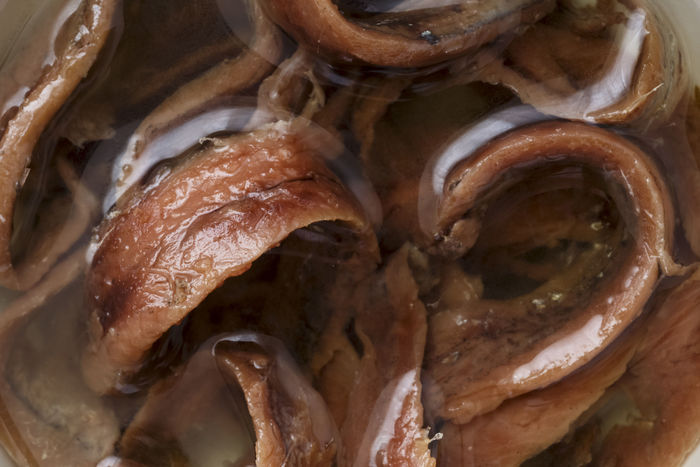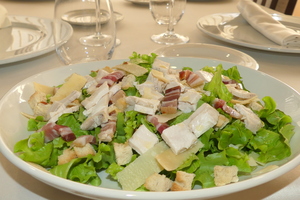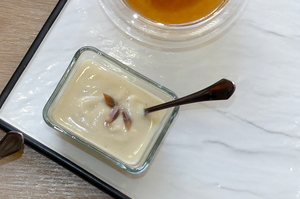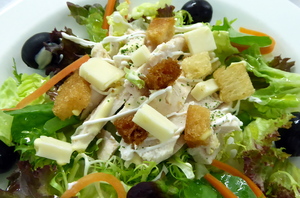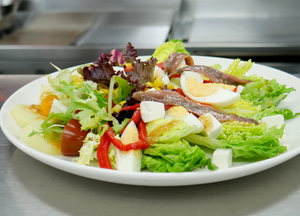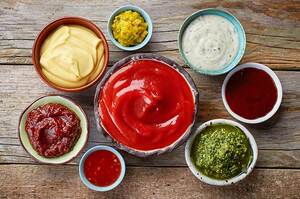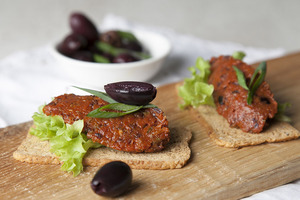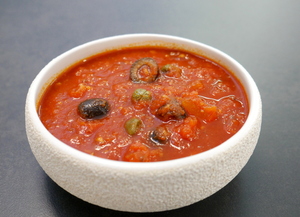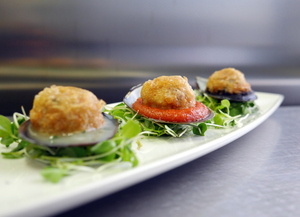Anchovies in oil
Anchovies in oil are made of those anchovies caught from March to June, when they present higher levels of fat. After being caught, they are put in water and salt containers during 1-3 days, until their blood has been washed out.
Then their heads and guts are taken out to be later classified by size and stored in plastic containers. They are placed in layers, alternating successively a layer of salt after one of anchovies until the package is filled up. The last layer of anchovies must be completely covered in brine. This process is done the same day the fish arrive in port.
They are stored during a minimum of 3 months, although the average time is between 6-8 months. So they will be losing water and fat, and acquiring their characteristic colour, smell and taste. They must be stored at low temperatures for the flesh not to be spoiled. The amount of salt is also important because the more salt they have, the worse they will be preserved.
After this process is finished, they are taken out of the containers, washed, their skin and spine are removed, and the fillets are thoroughly cleaned. They are finally introduced in aluminium cans or glass containers, which are filled with refined olive oil.
Anchovies and roes do not undergo a thermal treatment which guarantees their stability at room temperature, so they always need to be preserved in refrigeration (5ºC). These kinds of products are called semi-preserved products.
-
Type of dish
- Beers
- Cocktails
- Breakfasts and brunch
- Burguers
- Juices, milkshakes and beverages
- Shellfish
- Bread and pastries
- Pizzas, patty
- Dessert
- Pasta
- Sándwich
- Pastries
- Finger foods
- Ice creams and sorbets
- Legumes
- Salads
- Eggs
- Patty
- liqueur
- Harvard plate
- Main course
- Meats
- Fish
- Birds
- Vegetables
- Soups and creams
- Rices
- Coffee, chocolate and infusion
- Cheeses
- Appetizers and canapes
- Temperature
- Cuisine type
- Additional culinary preparation
- Conservation technique
- Seasonal recipes
-
- Aromatic herbs
- Beverages
- Big game hunt
- Bread and pastries
- Canned goods and pickles
- Cereals
- Condiments, spices and additives
- Cooked, salted, preserved and cold meats
- Dried fruits and nuts
- Dry pulses
- Edible oils and vinegars
- Eggs and derivatives
- Feathered game hunt
- Fish cuts
- Fishes
- Insects
- Kitchen and bakery tecniques
- Kitchen and bakery utensils
- Meat cuts
- Meats
- Milk, cream and derivatives
- Mushrooms
- Offal
- Pasta, rice, flour and derivatives
- Poultry
- Seafood
- Service techniques
- Service utensils
- Vegetables cuts
- Vegetables, fruits, tubers and seaweed

